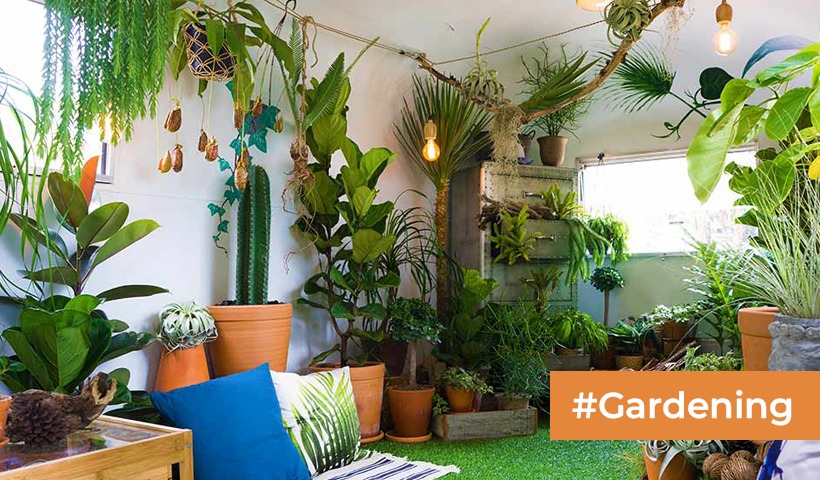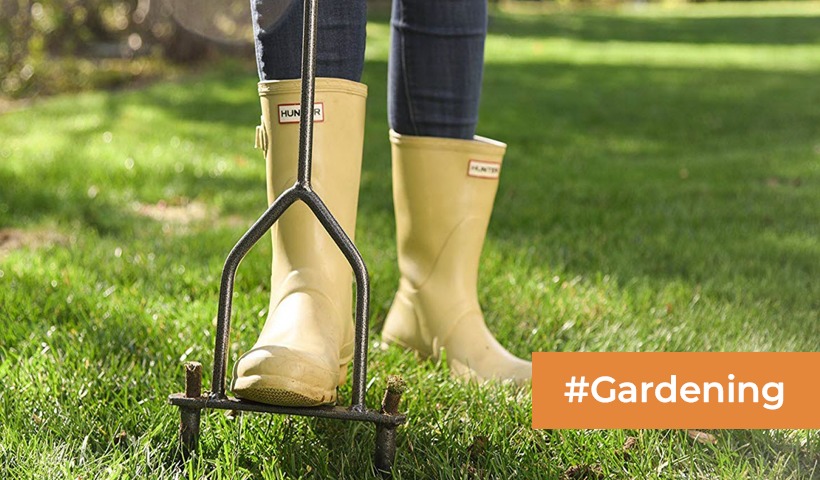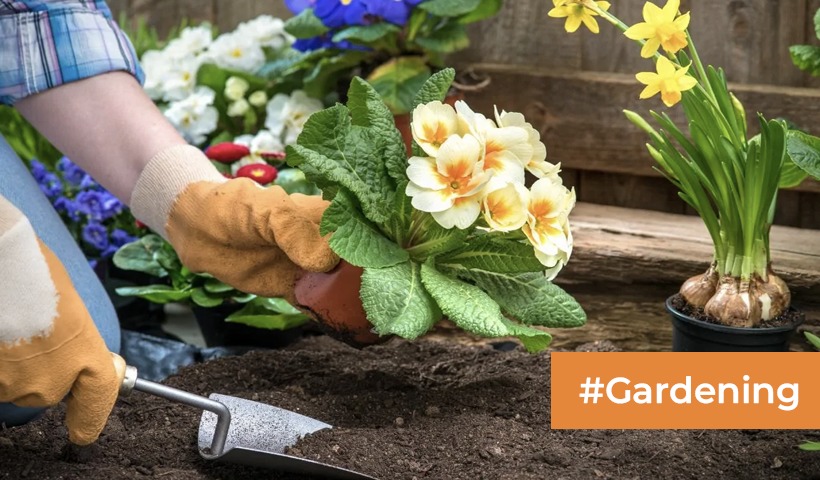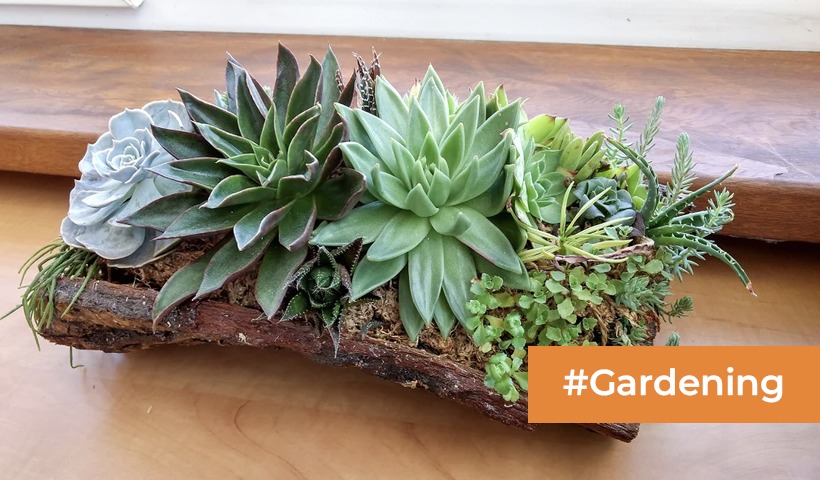Guarding Your Green Haven: A Guide to Treating and Preventing Indoor Garden Pests!
Creating an indoor garden is a fulfilling endeavor that brings the beauty of nature into your home. However, just like outdoor gardens, indoor plants can fall victim to pests that can compromise their health and vitality. In this comprehensive guide, we’ll explore effective strategies to treat and prevent indoor garden pests, ensuring your green haven remains vibrant and pest-free.
Identifying Common Indoor Garden Pests:
- Spider Mites: These tiny arachnids are often found on the undersides of leaves, sucking the plant’s sap and causing stippling or yellowing.
- Aphids: Small, soft-bodied insects that cluster on new growth, sucking plant juices and secreting a sticky substance known as honeydew.
- Whiteflies: Small, white insects that congregate on the undersides of leaves, causing damage by feeding on plant sap.
- Fungus Gnats: Small, flying insects that lay their larvae in damp soil. Larvae feed on plant roots, while adults can be a nuisance.
- Scale Insects: Hard, shell-like insects that attach to stems and leaves, sucking sap and causing yellowing or wilting.
Effective Treatment Strategies:
- Natural Insecticidal Soap: Mix a mild solution of insecticidal soap with water and spray it on affected plants. The soap disrupts the cell membranes of pests, effectively controlling their population.
- Neem Oil: Neem oil is a natural pesticide that disrupts the life cycle of pests. Dilute neem oil in water and spray it on affected plants, ensuring thorough coverage.
- Diatomaceous Earth: Sprinkle food-grade diatomaceous earth on the soil surface. This natural substance dehydrates and kills pests upon contact.
- Sticky Traps: Place yellow sticky traps near affected plants to capture flying pests like whiteflies and fungus gnats. These traps are effective for monitoring and controlling infestations.
- Beneficial Insects: Introduce natural predators like ladybugs or predatory mites, which feed on common indoor garden pests. This biological control method can help maintain a balanced ecosystem.
Preventive Measures:
- Regular Inspection: Conduct routine checks of your indoor plants to identify pest problems early. Inspect both the upper and undersides of leaves for signs of infestation.
- Quarantine New Plants: Before introducing new plants to your indoor garden, isolate them for a few weeks. This helps prevent the spread of potential pests to existing plants.
- Optimal Growing Conditions: Maintain proper humidity, watering, and lighting conditions for your plants. Healthy plants are more resistant to pest infestations.
- Proper Watering Practices: Overwatering can create a hospitable environment for pests like fungus gnats. Allow the soil to dry out between watering to discourage their presence.
- Good Air Circulation: Ensure good air circulation around your plants. This reduces the likelihood of pests establishing colonies and helps maintain a healthy environment.
- Natural Repellents: Incorporate natural pest-repelling plants like basil, marigold, or chrysanthemum into your indoor garden. These plants emit compounds that deter pests.
Effectively treating and preventing indoor garden pests requires a combination of vigilance, natural remedies, and preventive measures. By incorporating these strategies into your indoor gardening routine, you can create a resilient and thriving plant haven that remains free from the disruptions caused by unwanted pests. Embrace the joy of cultivating an indoor garden that flourishes in a healthy and pest-free environment.
Disclaimer: The views expressed above are for informational purposes only based on industry reports and related news stories. PropertyPistol does not guarantee the accuracy, completeness, or reliability of the information and shall not be held responsible for any action taken based on the published information.




